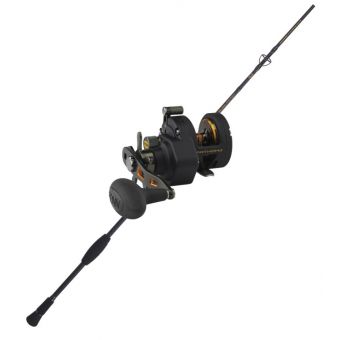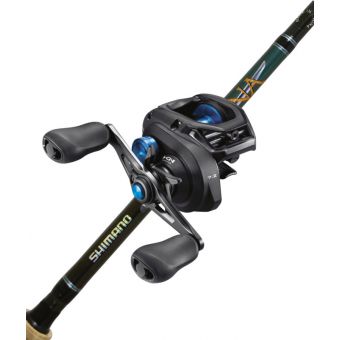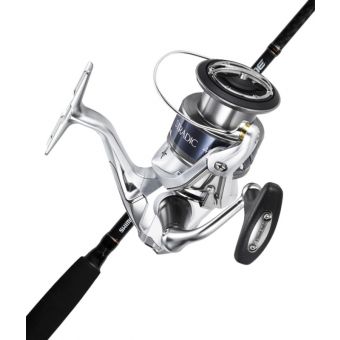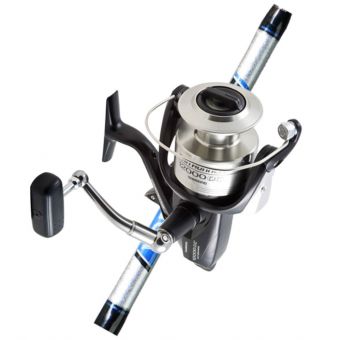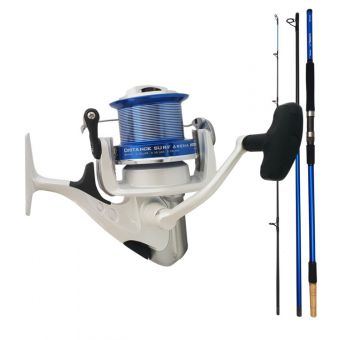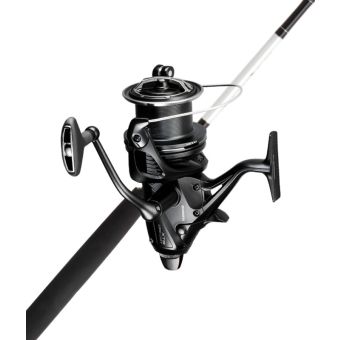As winter's grip loosens, flowers start to bloom, days become longer and the temperatures slowly increase, fishos across NZ get excited for the amazing season of fishing that lies ahead. With its crystal-clear waters, diverse marine life, and breathtaking scenery, New Zealand offers a fishing experience like no other. Spring is a prime time to cast your line, whether you prefer the open sea on a boat or kayak, or you're more drawn to the thrill of land-based fishing from rocks, wharves, or the multitude of stunning beaches that we have across New Zealand.
Spring Fishing in New Zealand
On The Water
Spring marks the awakening of marine life in New Zealand's waters, making it an ideal time to get on the water to enjoy the country's diverse fishing hotspots.
As the temperatures increase and we have warmer currents flowing inshore, schools of baitfish embark on their annual journey, moving from deeper waters towards the shallows.
This spring migration isn't just a sight to behold, it's an opportunity for anglers to test their skills and create stories that last a lifetime. The proximity and density of baitfish entices larger predatory fish. As these predatory fish are more lethargic during the winter and don’t move around a lot, during spring they start to travel greater distances and feed more as they prepare themselves for spawning in a couple of months. High on that food source list is of course, baitfish!
Spring is when work up fishing really kicks off as dolphins, whales, gannets, and of course kahawai, snapper and kingfish all fight over these schools of baitfish. Using lures in this type of situation is the ultimate, you can really downsize your gear using lighter rods, reels, and line to get the most out your fishing experience. We talk more about specific rods / reels, lures, and braid later.
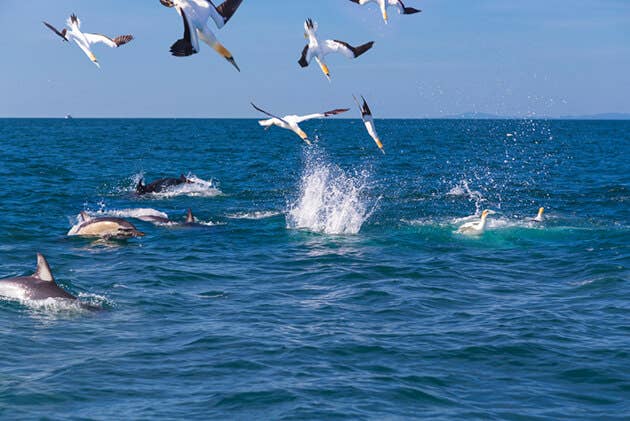

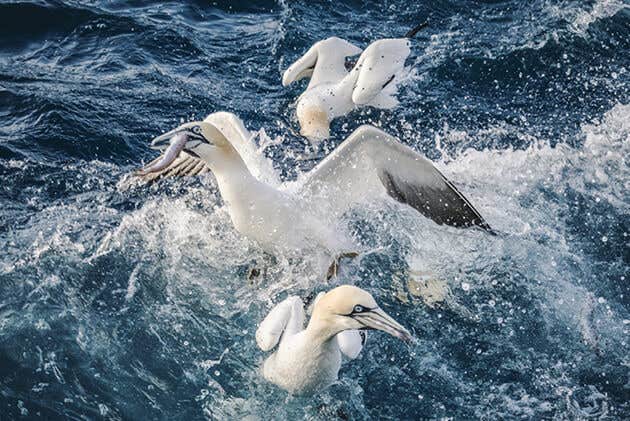

On The Land
If you're lucky enough to be able to explore coastlines or are more inclined to feel the solid ground beneath your feet while casting your line, New Zealand's land-based fishing options will not disappoint. Spring is an excellent time for shore fishing, with the warming waters attracting an array of species.
Rock Fishing: Standing on rugged coastal rocks, is a unique and extremely satisfying experience for many anglers. Spring sees the number of various species like kahawai, kingfish, trevally, and snapper increase, while they are certainly there in the winter, during spring and summer they are more plentiful. Exercise caution and prioritize safety while choosing your fishing spots, fish with a buddy where possible and always be mindful of changing tides and weather conditions.
Surfcasting: With its extensive coastline, there are countless opportunities for surfcasting around New Zealand. From North Cape through to Bluff, if you are on the coastline, you will be able to find a beach in relatively close proximity. Depending on your location, there are several different species you can successfully target with the long rods. As spring arrives, you can expect to find species such as gurnard, kahawai, trevally and snapper in the north, and kahawai, gurnard, rig, and elephant fish in the South.
Wharf Fishing: Wharf fishing combines convenience with the thrill of angling. Spring is a great time to target species like kahawai, snapper and of course Kingfish. With there being plenty of structure and baitfish around piers and wharves, having the opportunity to slip a live bait into the water will give you a good chance of hooking pound for pound one of the hardest, dirtiest fighting fish in the ocean. Wharves are an excellent option for families, as the accessibility and variety of catches make for a rewarding experience.
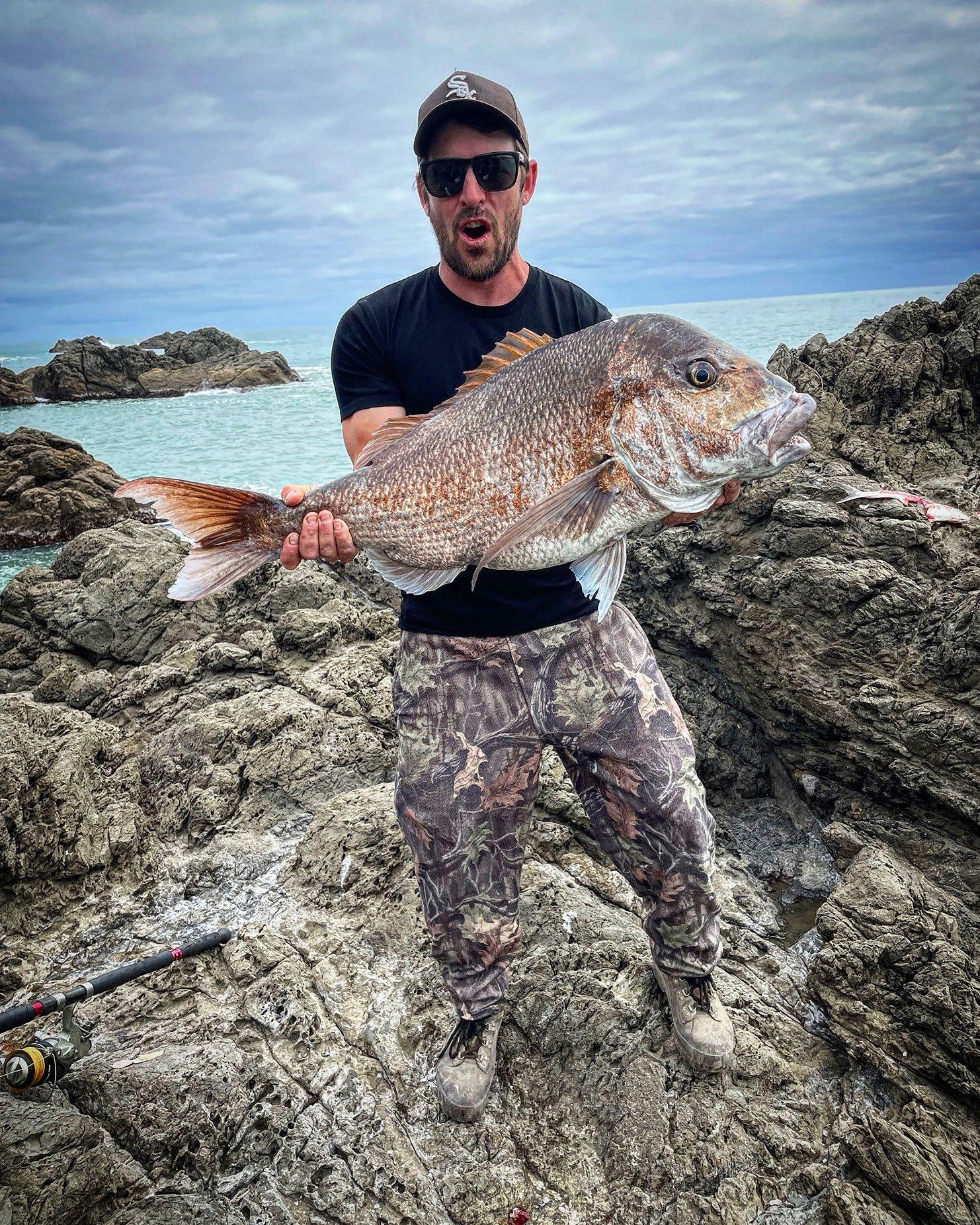

Tips for a Successful Spring Fishing Experience
Whether you choose to venture onto the water or cast your line from the shore, there are several key tips to ensure a successful and enjoyable spring fishing trip in New Zealand.
Check Regulations: Before you start fishing, familiarize yourself with the fishing regulations and licensing requirements for your area. While saltwater anglers do not require licensing in NZ (there is for freshwater), there are different fish regulations depending on what part of the country you are fishing in. For example, those fishing out of Auckland's East Coast (SNA1) you are only allowed to take 7 Snapper per person per day with a minimum size of 30cm. However, if you are fishing out of Auckland's West Coast you are allowed 10 Snapper per person per day with a minimum size limit of 27cm. These regulations help protect marine ecosystems and ensure sustainable fishing practices.
Weather Awareness: New Zealand's weather can be unpredictable, especially in spring. Monitor weather forecasts and tides before embarking on your fishing trip to ensure your safety. A few different sites which can be handy are www.windy.com, www.metservice.com, www.swellmap.com/
Quality Gear: We will go into a bit of depth here without trying to make your eyes glass over! Ideally, invest in good-quality fishing gear that suits your chosen fishing style. Whether you are casting from a boat, kayak, rocks, beach, or a wharf, the right gear can make a significant difference in your success.
For boats and kayaks: If you are lure fishing then there are a number of options. Either a small barrel style overhead combo like the Penn Fathom 8XN / Penn Battalion 6’8” 100g jig rod, or bait caster style set such as the Shimano SLX150HG / Catana 7’ 4-8kg enable you to control the fall of your jig so you gain better ‘feel’, i.e. you will be able to consistently feel every little nudge, or if your lure has been picked up on the drop you will have a quicker response time on striking that fish.
Alternatively, you can use a spinning combo such as the Shimano Stradic 4000 / Shimano Backbone Elite 7’ 5-8kg which enables a more efficient cast and is perfect for throwing soft baits in shallower water, while still facilitating you dropping jigs to the depths.
Land based fishing: This can be a bit more technical depending on your location and what type of land based fishing you are doing so we will keep it simple.
If you are surfcasting on beaches and require some casting distance to get your bait our further, then a deeper spooled long cast reel and ideally a 12 foot+ rod is the best starting point, to find out more about surfcasting, please check out our surfcasting blog here. Guide to Surfcasting with a ledger rig.
If you are bait fishing off the rocks, then a bait feeder style reel is perfect – sized between 8000-12000. The secondary drag on this style of reel allows for the fish to pick up the bait and swim away with it in their mouth while feeling little to no resistance, when you are happy the fish has eaten the bait, you can engage the main drag by clicking the lever up or simply turning the handle. Once you do this and hook the fish you are now fighting it from your main drag and can wind it in. Remember, do not set the drag too tight or you may risk snapping your main line, but having it too loose could result in the fish swimming into the kelp and getting ‘snagged’ so it is important to get this right. As you do not need to cast far when rock fishing (fish your feet first!) match this reel with a 8’-10’ 10kg or 10-15kg rod. This enables better manoeuvrability over the rocks, while also having a better line angle when fighting fish.
Soft baiting off the rocks, wharves and beach is gaining in popularity as there is no requirement for bait. This is a great option for people travelling in motorhomes, caravans or if you are camping and do not want to have bait and/or berley stinking out your home on wheels.
You can use your standard soft bait outfit however by getting a slightly longer rod – i.e 8'+ it will enable you to cast further and have a more sensitive tip, this is better for detecting bumps and bites. Increase your braid strength to at least 20lb along with a 30-40lb leader as there is every chance you will hook a big snapper or kingfish that is lurking around the shoreline.
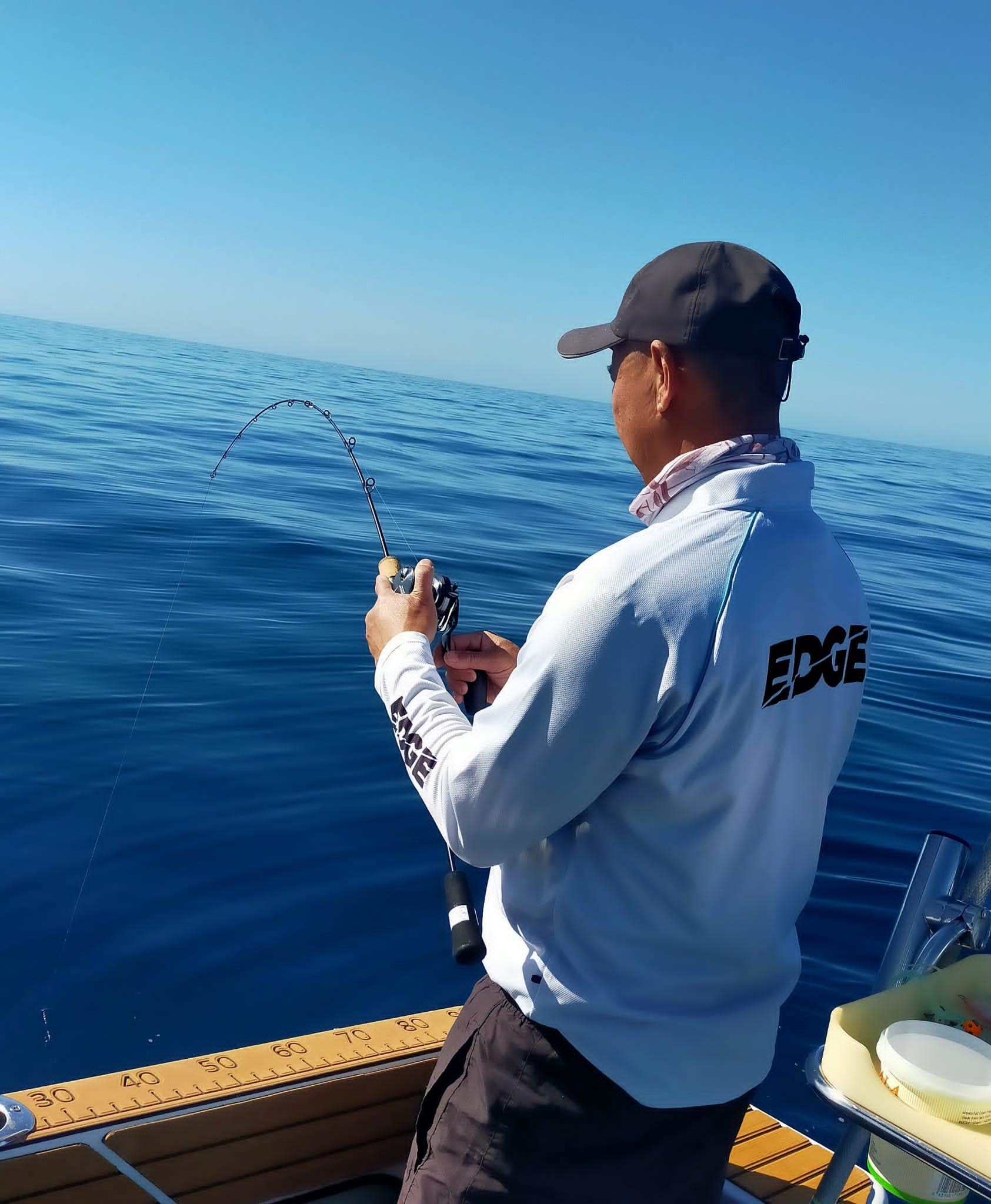

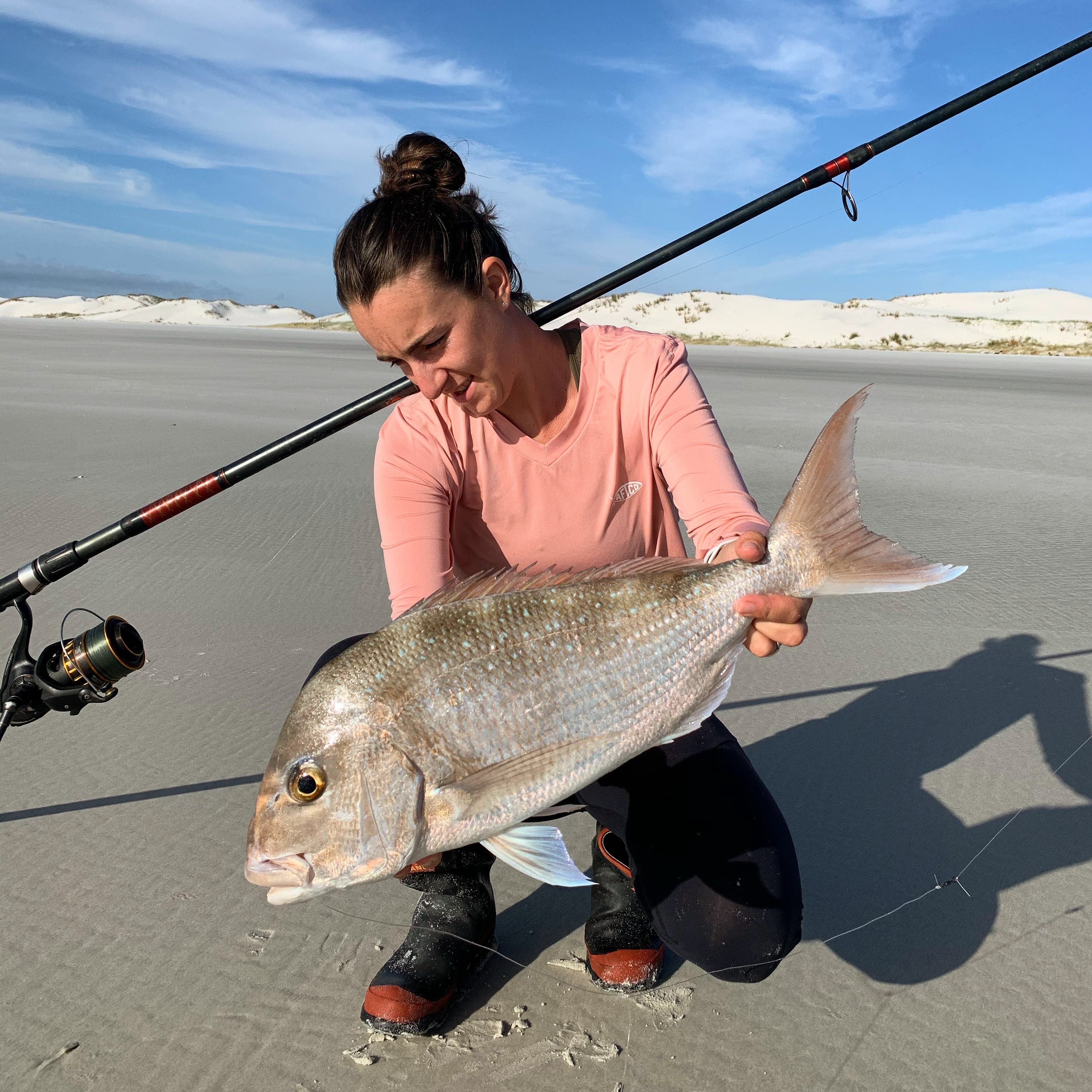

Bait and Lures: Research the species you are wanting to target and choose appropriate bait or lures to suit. Luckily, there are multiple Burnsco stores located all around the country, they will be able to give you hints and tips of what is working in your local area, be it Squid / Pilchards or a specific type or colour of lure.
Having variety is key, for example, you may be softbait fishing in shallower water initially. In 10m of water you may only require a 3/8oz jig head and 5” soft bait, however if the fishing is slow you may wish to push out deeper to 40m+, if this is the case you will require a 1oz jighead just to get to the bottom, and you may wish to use a 7” bait then for added bait profile presentation.
Edge Fishing have a fantastic range of lures, so whether you are targeting snapper, kingfish, kahawai, trevally, trout or even an early season Yellowfin Tuna or Marlin, there is a lure and range of hooks and leaders to suit your every requirement.
Respect the Environment: Practice responsible fishing by following catch limits, handling fish gently, and disposing of any waste properly. Leave the fishing spots as you found them to preserve New Zealand's pristine natural beauty.
Spring fishing in New Zealand is a truly remarkable experience that offers something for every angler. Whether you’re drawn to the open waters on a boat or kayak or prefer the thrill of shore-based fishing, the diverse landscapes and abundant marine life ensure that your angling adventures will be both rewarding and memorable.
Do you have any questions?
Please, contact our friendly team on 0800 102041 or email: website@burnsco.co.nz
Contact us, today!


